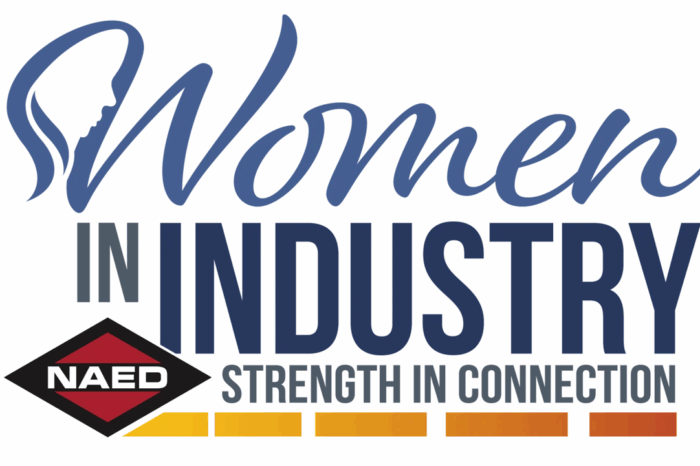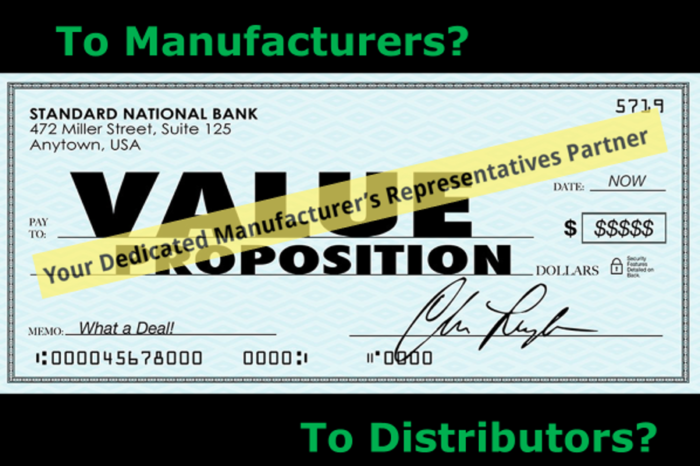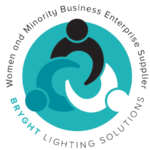New Women-Owned Lighting Distributorship in Chicago
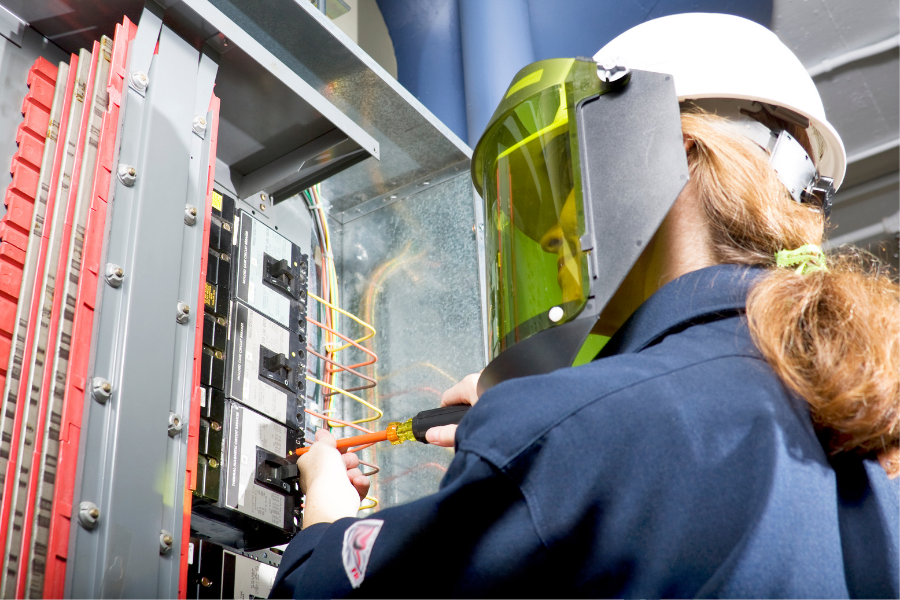
Edith Clarke earned her master’s degree in Electrical Engineering from Massachusetts Institute of Technology (MIT) in 1919, but she was unable to find work in that field until 1923, when she became the first woman employed as an electrical engineer in the U.S. (It was General Electric who hired her).
While there have certainly been more women in the electrical industry over the past 100 years, their numbers remain quite small. According to the most recent statistics – as reported in The New York Times and the International Association of Electrical Inspectors (IAEI) – only 2.4 percent of electricians in the U.S. are female, and 9.5 percent of electrical contracting businesses are owned by women. Fortunately, those numbers have been growing as there are now more incentives to encourage diversity in all areas of the American workforce.
From Residential to Commercial Work
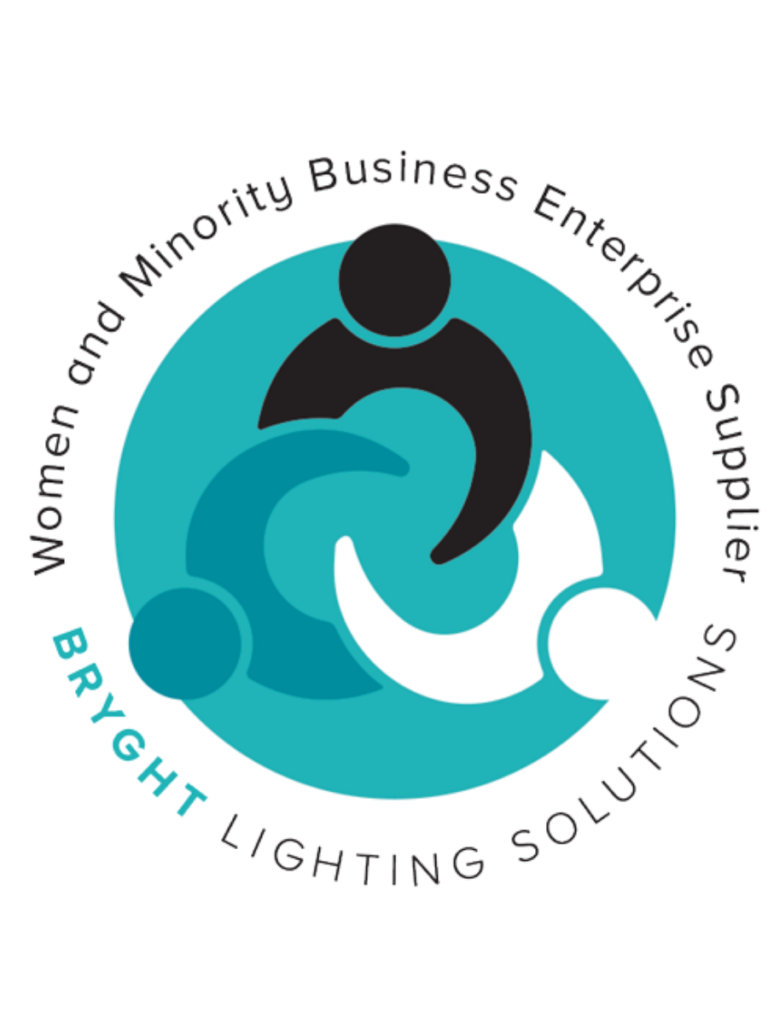
Karen Lang and Megan Mackey, of award-winning residential lighting showroom Hinsdale Lighting in the Chicago suburbs, have experienced such tremendous demand for their lighting design work in the commercial sector since their business was certified as a Women’s Business Enterprise (WBE) that they’ve created a separate company – Bryght Lighting Solutions/Bryght Group, which is also a certified WBE – just for office, industrial, and commercial projects.
Establishing a lighting design company in a segment of the industry that is predominantly male made good business sense to Lang. “I began to think of what I wanted my legacy to be,” she comments. “What do I really believe in? Between Megan and myself, we have a lot of specialized knowledge. I’m proud of what we do and that we know every lighting detail and add value to every project we’re on.”
Having already negotiated the business challenges of being a sole proprietor at Hinsdale Lighting since 2005, Lang is also a champion of female empowerment. When deciding to form a new business targeting the commercial lighting market, Lang turned to Mackey, who has served as Hinsdale Lighting’s Master Designer for the past 10 years. “Megan helped me build Hinsdale Lighting. Women do not have enough power in the world, but in order to have power you need money or access to it,” she states. In order to give Mackey more “power” as a female business owner, Lang insisted Mackey take the majority share in Bryght Group.
Obtaining WBE certification has opened a lot of important doors and leveled the playing field when it comes to having access to municipal, state, federal, and city projects. (Bryght Group is currently pending approval as a Minority Business Enterprise due to Mackey’s Latina heritage.)
“The timing for Bryght Group is right, as the world has become more receptive to diversity in the industry,” adds Lang, who points out the city of Chicago is especially sensitive to inclusivity when it comes to offering opportunities for female and minority business owners.
WBE certification, plus Hinsdale Lighting’s reputation for outstanding lighting design, has led to a steady stream of commercial work as well as projects that “walk the line between residential and commercial,” Lang states. As Bryght Group, the duo has completed the lighting design on two multi-family projects for the Chicago Housing Authority, as well as an assortment of office spaces, fitness studios, and day spas. Right now, they are in the midst of designing the lighting for a new senior living center.
Poised for Growth
As the construction and electrical fields face hiring shortages due to attrition and retirement, there is a need to recruit women and young people to these industries.
According to the U.S. Bureau of Labor Statistics (BLS), the employment for electricians is projected to grow 9 percent from 2020 to 2030. The agency estimates there are approximately 84,700 openings for electricians projected each year over the next decade.
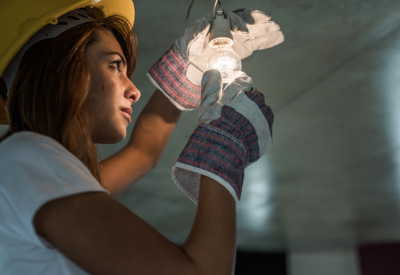
Furthermore, the BLS points to alternative power generation (i.e. solar and wind) as an emerging field that will require more electricians to link these power sources to homes and power grids. The speed of that growth, however, will depend on government policy.
According to the global nonprofit Catalyst, which helps businesses “build workplaces that work for women,” diversity and inclusion within a company can have significant impact on talent, innovation and group performance, reputation and responsibility, and financial performance. Its research indicates, “companies with higher levels of gender diversity and with HR policies and practices that focus on gender diversity are linked to lower levels of employee turnover.”
In industries that have historically had less female representation, achieving diversity will take time. One way to bolster female recruitment is to develop training programs that can be taught on a local or community level through vo-tech schools. University scholarships are another effective tool for encouraging diversity, as reported in ElectricalTrends earlier this month.
Apprenticeships are another proven way to encourage both male and female students to enter the industry and help curb the labor shortage. See Where Is Everybody? Solutions to the Labor Shortage.
According to research by the National Association of Women in Construction (NAWIC), out of the one million women working in construction today:
• 44% of construction women are in professional or management roles.
• 28% of construction women are in sales or office roles.
• 21% of construction women are in service-related roles.
• 6% of construction women are in production, transportation, or material moving roles.
• 1% of construction women are in natural resource, maintenance, and construction trade roles.
Tips for Women Business Owners
It can be difficult for females to compete in male-dominated fields, but fortunately there are government programs that can help.
Hinsdale Lighting and Bryght Group are certified WBEs through the Women’s Business Enterprise National Council (WBENC), which is the largest third-party certifier of businesses owned, controlled, and operated by women in the U.S. as well as an advocate for women-owned businesses in corporate and government supply chains.
WBENC certification requires a thorough review of business documentation, including ownership, financial structure, personnel, management, and governance. More than 1,000 major corporations and brands as well as many states, cities, and government offices accept WBENC certification.
In addition to requiring MBE participation, the U.S. Department of Transportation (USDOT) has established a Disadvantaged Business Enterprise (DBE) Program that was created by the Safe, Accountable, Flexible, Efficient Transportation Act: A Legacy for Users. This program provides opportunities and increases participation for state and local transportation agencies that receive financial assistance from the USDOT, which includes the Federal Highway Administration, Federal Aviation Administration, and the Federal Transit Administration.
A DBE is classified as a for-profit small business that the U.S. Small Business Administration defines as at least 51 percent owned by one or more individuals who are both socially and economically disadvantaged. Or, if it’s a corporation, then 51 percent of stock is owned by one or more such individuals and whose management and daily business operations are controlled by them.
Female lighting business owners can also reach out to the National Association of Women in Construction and, if appropriate, the National Association of Minority Contractors, National Hispanic Construction Association, National Black Contractors Association, National Minority Business Council, Minority Chamber of Commerce’s Business and Entrepreneurial Skills Training (BEST), and the Minority Business Development Agency, which is part of the U.S. Department of Commerce.
In 2020, the Small Business Administration (SBA) instituted changes to provide easier access for Women-Owned Small Business (WOSB) companies to compete for eligible contracts in the Federal WOSB Procurement Program. The federal government’s aim to award at least 5 percent of all federal contracting dollars to women-owned small businesses each year. In addition, the government limits competition for certain contracts to businesses that participate in the WOSB Federal Contracting program. These contracts are for specific industries where WOSBs are underrepresented, which includes Electrical Contractors and Other Wiring Installation Contractors; New Single-Family Housing Construction (except For-Sale Builders); New Multifamily Housing Construction (except For-Sale Builders); New Housing For-Sale Builders; Residential Remodelers; Industrial Building Construction; Commercial and Institutional Building Construction; Architectural Services, and Industrial and Commercial Fan and Blower and Air Purification Equipment Manufacturing.
The updated WOSB Federal Contracting program regulations were published in the Federal Register in May 2020. These regulations detail changes to the certification process.
Finding Opportunity
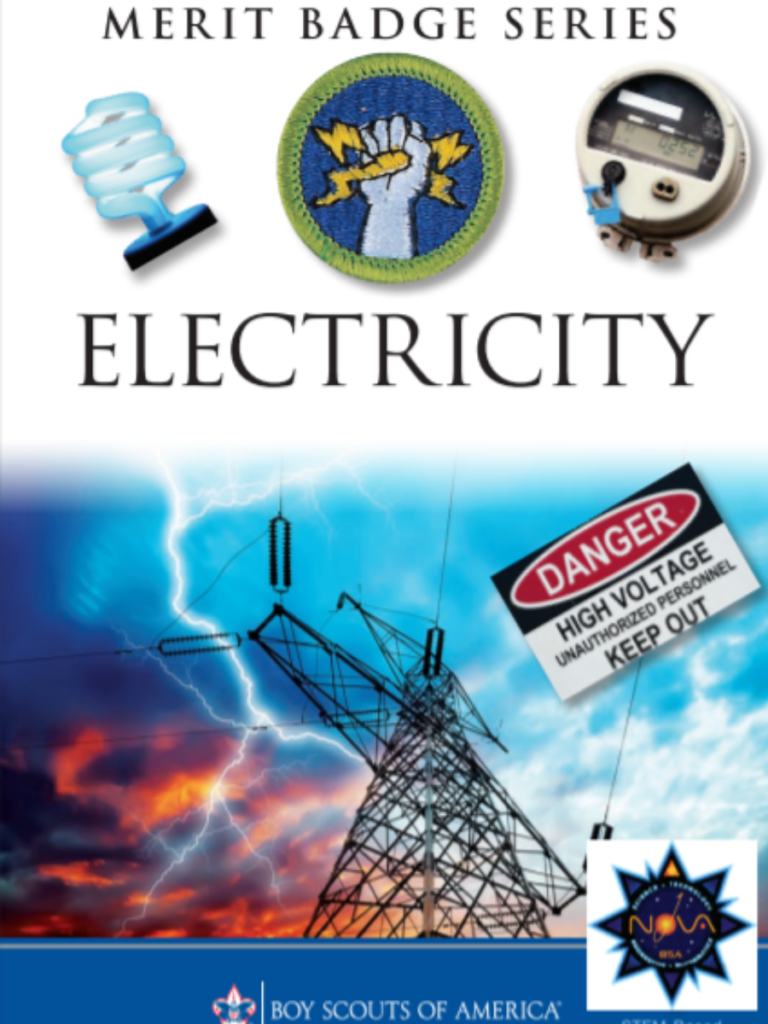
The “glass ceiling” may still be intact in some areas of business, but that barrier is being broken more often these days. The first female referee in the NBA was hired in 1997, but it wasn’t until 2015 that the NFL did the same. And it was only in 2021 that the NFL had a female officiate the Super Bowl.
As of February 2019, girls can now join Boy Scouts (under the newly named Scouts BSA program). This means girls will have the opportunity to earn a Merit Badge in Electricity, Digital Technology, and Electronics in addition to the expanded Girl Scouts’ badges that now include STEM categories such as Automotive Engineering, Cybersecurity, App Development, and Robotics.
Introducing male and female students to the electrical and energy fields early on will certainly help bridge the gender gap in those industries that we are experiencing today.
Congratulations to the Bryght Group (and a new opportunity for local lighting agents, manufacturer reps and a unique opportunity for manufacturers.) Presumably some “smart” distributors will also reach out to partner on opportunities.




